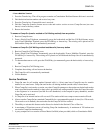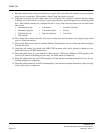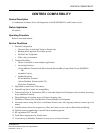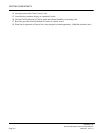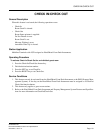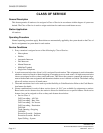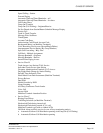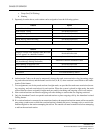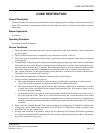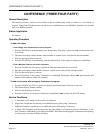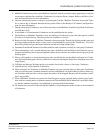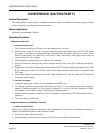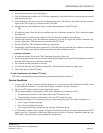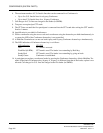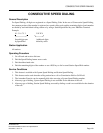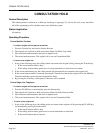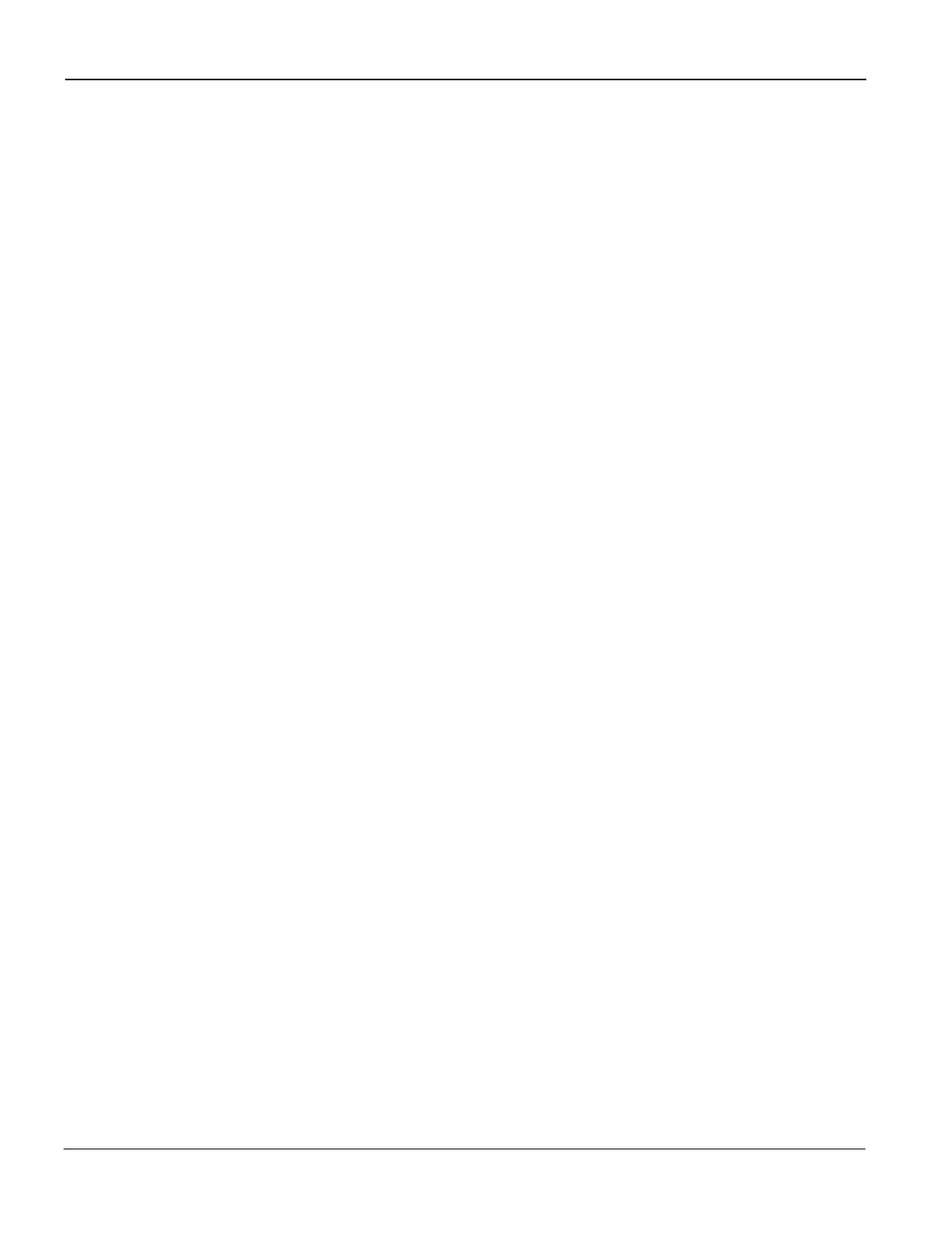
CODE RESTRICTION
NEAX2000 IVS
2
Business/Hotel/Data Features and Specifications
NDA-24271, Issue 1.0
Page 117
CODE RESTRICTION
General Description
This feature allows the system to be programmed to restrict outgoing calls according to specific area and/or C.O.
codes. This restriction is controlled on the basis of a three digit area code or six digit area and office code num-
bering plan.
Station Application
All stations.
Operating Procedure
No manual operation is required.
Service Conditions
1. The programmed restriction pattern may consist of either those codes to be allowed, or those codes which
are to be denied.
2. The Code Restriction feature is assigned on a per-station basis in Class of Service.
3. The system may be programmed to ignore digit 1 prefixing an area code pattern so that true 3/6 restriction
can be applied.
4. Trunk Queuing - Outgoing provides queuing on selected outgoing trunk groups which are busy when dialed.
The station user goes on-hook and is called back when an idle trunk is available. After answering the ring-
back, the station-user dials the C.O. number. The number dialed must be allowed to the toll-restricted station
user's line; otherwise, the trunk is immediately released and reorder tone is returned to the station user.
5. On a system wide basis, System Speed Dialing can be allowed to override or not override code restriction.
The default is not to override code restriction.
6. Direct trunk line appearances on Multiline Terminals can be code restricted.
7. Code restriction is implemented as follows:
a. The system determines the need for code restriction by checking the assignment of code restriction
(Yes or No) and the assignment of a digit code table for the selected trunk route.
b. The system compares the digits dialed with the digit code table assigned to the trunk route. If a match
is found, the system is provided with an assigned code restriction class. If no match is found, the call
is allowed to progress normally.
c. An intersection table is provided in system programming which relates the station's restriction class to
the code restriction classes. There are 16 code restriction classes and 5 route restriction classes which
can be used for code restriction deny/allow assignment. Once a code restriction class is obtained from
the digit code table, the intersection table is used by the system to decide whether the call is allowed
or denied.
8. When a toll call is denied, Reorder Tone will be returned to the calling party (Toll Denial). If desired, the
calling party can be routed to the Attendant Console ICPT key (Toll Diversion). Either toll denial or toll
diversion is set on a per-system basis.
9. Six-digit code restriction is assigned by using Least Cost Routing (LCR) pattern tables and programming
the system to check the 50 office code tables for allow or deny assignment based on the office code after the
area code is matched by the system.



